Filter books by:
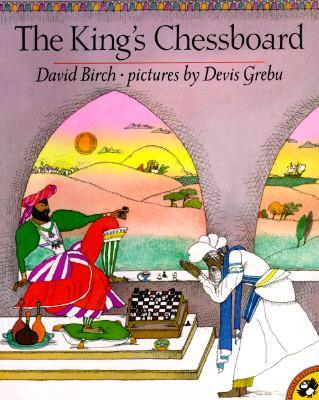
The King’s Chessboard
Strand
Number
Australian Curriculum Year Level
Year 7
Multiplication and Division Triangle
Maths Concepts
Australian Curriculum: Description
Introduce the concept of variables as a way of representing numbers using letters (ACMNA175)
Teaching ideas
Explore the concept if the wise man had asked for one gain on the first day, three on the second day, nine on the third day etc (x^3). How quickly would she have reached 1 billion grains?
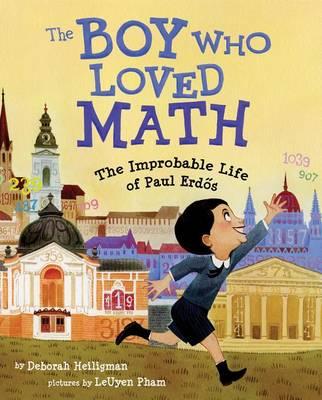
The Boy who Loved Math
Strand
Number
Australian Curriculum Year Level
Year 7
Multiplication and Division Triangle
Maths Concepts
Australian Curriculum: Description
Investigate index notation and represent whole numbers as products of powers of prime numbers (ACMNA149)
Teaching ideas
Used as an introductory tool for prime numbers and also collaborative work.
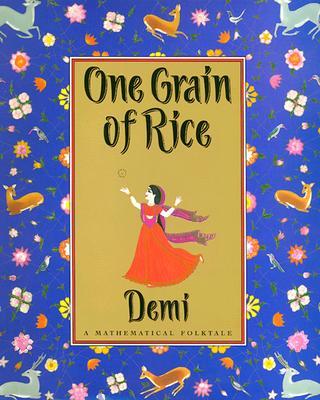
One Grain of Rice
Strand
Number
Australian Curriculum Year Level
Year 7
Multiplication and Division Triangle
Maths Concepts
Australian Curriculum: Description
Introduce the concept of variables as a way of representing numbers using letters (ACMNA175)
Teaching ideas
Explore the concept if Rani had asked for one gain on the first day, three on the second day, nine on the third day etc (x^3). How quickly would she have reached 1 billion grains?
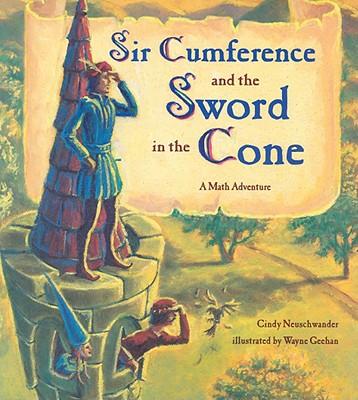
Sir Cumference and the Sword in the Cone
Strand
Number
Multiplication and Division Triangle
Maths Concepts
Australian Curriculum: Description
Year 5 – Measurement and Geometry : Shape – Connect three-dimensional objects with their nets and other two-dimensional representations (ACMMG111); Year 6 – Measurement and Geometry : Shape – Construct simple prisms and pyramids (ACMMG140); Year 7 – Measurement and Geometry : Shape – Draw different views of prisms and solids formed from combinations of prisms (ACMMG161); Year 8 – Measurement and Geometry : Shape – Investigate the relationship between features of circles such as circumference, area, radius and diameter. Use formulas to solve problems involving circumference and area (ACMMG197).
Teaching ideas
* Year 5 students could use page 5 to "form the solids and find their places"; * Year 6 students could use page 5 to "form the solids and find their places"; * Year 7 students could investigate Euler's Law by folding nets to form prisms and pyramids. They =could then draw up an investigation table (page 12) and draw their own conclusions; * By year 8 the mathematical vocabulary students know should enable them to understand and apprecaite the entire book. The teacher could pose the problem from the book without reading it, and have students work in groups to solve it. Were the steps you took to solving it the same as Radius and Vertex's?
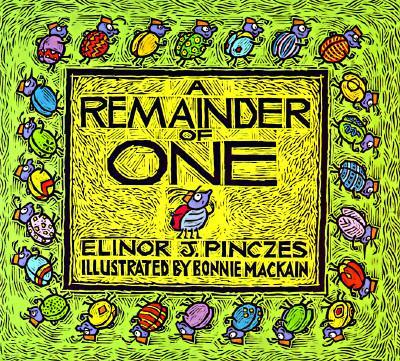
A Remainder of One
Strand
Number
Multiplication and Division Triangle
Maths Concepts
Australian Curriculum: Description
Number and Algebra : Number and Place Value – Solve problems involving division by a one digit number, including those that result in a remainder (ACMNA101); Investigate index notation and represent whole numbers as products of powers of prime numbers (ACMNA149)
